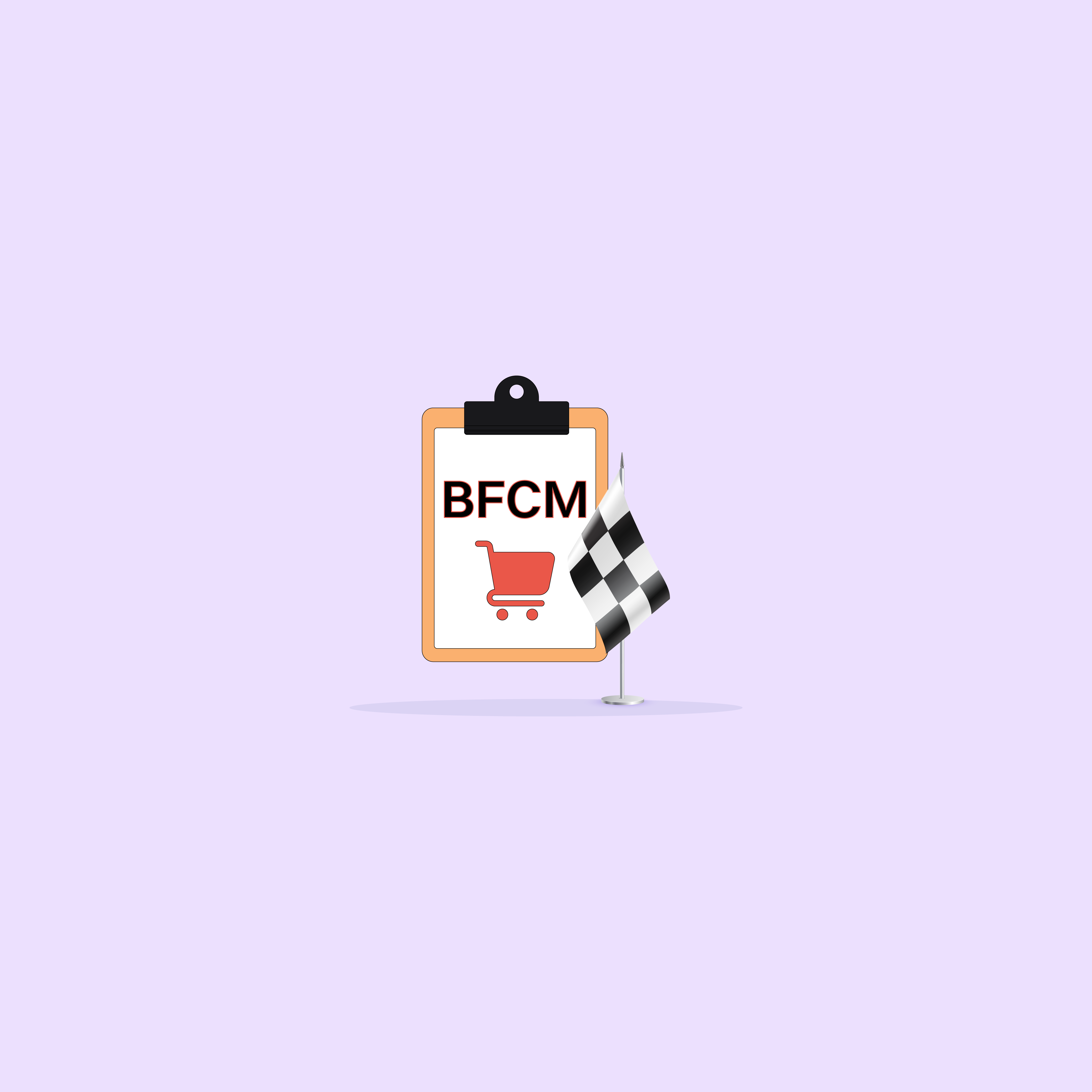Our websites use cookies. By continuing, we assume your permission to deploy cookies as detailed in our Privacy Policy.
Personalisation Tools That Can Help Online Pharmacies
eCommerce, the fastest growing industry of the past year, has also affected the Pharmaceutical Industry, and now E-Pharmacies have become the new future for this industry. Of course, marketing has always been an issue within the pharmaceutical industry; however, there are some strategies E-Pharmacies can implement to increase their brand awareness within the industry.
What Is An E-Pharmacy?
E-Pharmacy is a method of buying, selling, transferring, or exchanging pharmaceutical products, services, or information through a computer network, such as the Internet.
Online pharmaceutical delivery is growing more widespread, and its effects will be quantifiable in the future decades. Unfortunately, the absence of professional control of the distribution of “for health” items has resulted in countless life-threatening outcomes, according to recent experience. The move toward more liberal markets, however, has influenced the pharmaceutical industry as well.
There are three types of online pharmacies:
- Independent Internet-only pharmacies,
- Online branches of “brick-and-mortar” pharmacies,
- Sites reflecting partnerships among neighbourhood pharmacies
Benefits of Online Pharmacies
- Easier for people living far and with restricted mobility: People with restricted mobility and those living in rural regions find it easier to use online pharmacies.
- Available 24/7 and ships home: Patients can submit orders 24 hours a day, and medicines can be shipped to them.
- Easy price comparison: Patients may compare costs and availability of medications with the click of a mouse on various websites.
- Lower transactional and pharmaceutical expenses: Online pharmacies employ a more efficient centralised order-processing system to lower transactional and pharmaceutical expenses.
- Easier for patients to ask questions: Patients who might be embarrassed to ask questions regarding medicines in a crowded pharmacy are encouraged to do so at e-pharmacies.
- Inform patients on medications etc.: By offering information on new medications, side effects, and health issues, online pharmacies can inform and empower people.
- Send reminders on the usage of medications: Pharmacists improve adherence to medications by sending reminders to patients.
The Importance of Digital Marketing for E-Pharmacies
Pharmaceutical marketing is a broad field that includes both general and specific knowledge of marketing and business activities relating to products/services in medication, therapy, and the improvement of patient/citizen/consumer health, all while making a profit for society and organisation that provides the products/services (economy and healthcare).
Marketing for e-pharmacies is specialised since medication and medical items have a defined application and are only available to people with a doctor’s prescription or who have been instructed by their pharmacist. At the same time, because these products are responsible for people’s health, they are subject to stringent and unique regulations on their way to market: Beginning with manufacturing regulations, quality control, distribution, a pre-marketing phase, registration procedure – marketing licence, and tracking the medicine after it has been released.
The effectiveness of an Internet advertisement can be measured based on how many times it was viewed and how many times the web presentation was accessed. In addition, web-centric and user-centric tracks can be counted. The best techniques to assess marketing efficiency include the number of advertising views, clicks, newsletter subscriptions, likes, and other metrics. It is also feasible to follow the movement of customers while they are on the website. All of this data improves the capacity to analyse consumer behaviour, which, in turn, enhances the quality of the offer and the advertising campaign.
Segmentation and Personalisation Solutions for E-Pharmacies
With an online pharmacy, in order to stand out from the competition, your patients need to see your pharmacy as an actual pharmacy.
Using personalisation tools in your e-pharmacy website is key to making your patients feel like they are buying products from an actual pharmacy. Pharmacies currently do not only sell prescribed medications, but they also sell beauty/ health products, machines, sanitary items etc. Marketing these specific products to specific customers is essential.
The prices of medications or health products do not vary that much between different pharmacies. Therefore, determining factors for the customer to pick your pharmacy is the ease of the process and the way the customers are treated.
After getting necessary documentation from relevant health inspection organisations, e-pharmacies should publish these documents on their websites to gain consumer trust.
In addition, since when customers come to physical pharmacies, they are treated individually and their questions and inquiries are listened to carefully, e-pharmacies should aim to provide the same experience to website visiting customers. Down below are some steps that can be taken for better personalisation for customers:
1) Use search personalisation tools.
Even though many of the non-medical products aforementioned are accessible on non-pharmaceutical websites, consumers prefer and trust pharmaceutical companies with health-related products.
Sometimes the products that consumers are searching for might be very specific, and therefore the search tool usage is high. E-pharmacies should use this to their advantage and recommend related products to their consumers’ needs.
2) Create a customer database.
In order to have customer loyalty, e-pharmacies should have a customer database. Customers should be able to log on to their account in your e-pharmacy, add their details such as age, gender, used medications, illnesses etc. This way, it will be easier for both the customer and the pharmacists to understand each other better. When a customer asks something about a medication or a product, the pharmacist can check their data and answer more precisely. Also, with the provided details, the website can be tailored according to the customers’ backgrounds. For instance, if a customer is 18 years old, products for 80-year olds will not be shown to that customer.
3) Use push notifications and reminders.
This is probably the most necessary tool that e-pharmacies should use. Push notifications can be used for many reasons. Firstly, e-pharmacies should send reminders to their patients about the specific medications that they have bought. For example, if a patient is using a medication that requires them to take it in the morning, they should be able to ask for the e-pharmacy to send reminders that they have to use it in the mornings.
Secondly, push notifications can be sent to customers whenever a product is back in stock, or there is a release of a new product. Customers are satisfied with this service since it eases their buying process and makes them feel more unique.
Thirdly, reminders on new blogs can be sent to interested customers. As an example, some patients may be interested in pregnancy health blogs. Patients should have the option to get reminders on specific health topics. This will also create a more personal bond with the patient and e-pharmacy.
4) Provide customers with personalised product recommendations.
Nowadays, consumers are willing to spend the least amount of time while buying products. Therefore, tailoring the website according to each visitor is necessary for the customer to find their interested products fastly.
With personalised product recommendations, e-pharmacies are able to market their non-medical products to consumers. For example, if a consumer is interested in buying vegan products, algorithms recommend other vegan products that the consumer may buy. This leads to higher basket sum and higher customer lifetime value. Additionally, when customers see products related to their interests, they have a better experience with the website. They become satisfied since the buying and searching process becomes shorter and return a customer.
5) Ask for feedback and reviews from customers.
Every customer has their personal opinions and needs. E-pharmacies should ask for feedback from their customers to better the process. Customers check review sites regularly, especially about no-name e-pharmacies. Therefore, it is crucial to have high reviews on other websites as well. E-pharmacies should work to create higher customer satisfaction, and this can be acquired through customer feedback.
6) Use real-time conversion analytics
Using Segmentify Analytics in e-pharmacy stores will give information about the products that you sell in your online pharmacy. You can check everything related to your product with the help of this tool. There will be information about how many items were sold, if it’s out of stock or not, and more specific information about specific products in real-time.
E-Pharmacies are going to shape the pharmaceutical industry
In conclusion, e-pharmacies are becoming a trend in the pharmaceutical industry. Physical pharmacies are opening up e-pharmacy websites to follow this trend, whilst e-pharmacies without physical stores are also being created. Since the world is becoming more and more online, and with the aftermath of Covid-19, e-pharmacies are inevitably going to shape the pharmaceutical industry. Even with all the aforementioned regulations, e-pharmacy businesses can create a brand for their pharmacy and grow their business.








